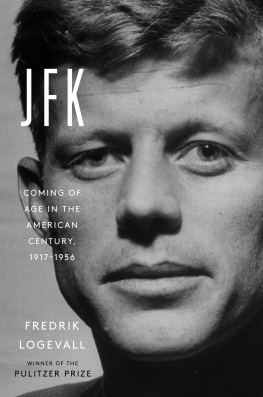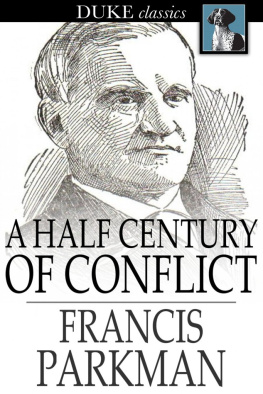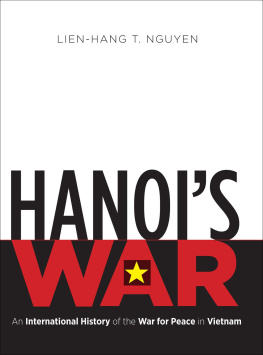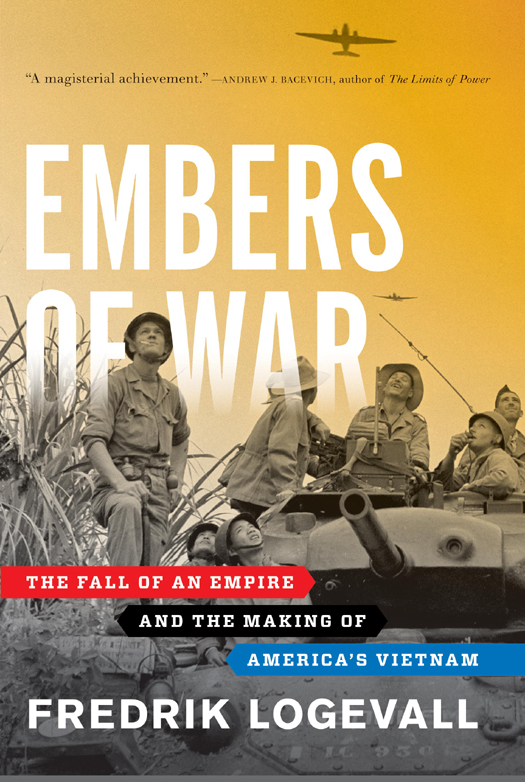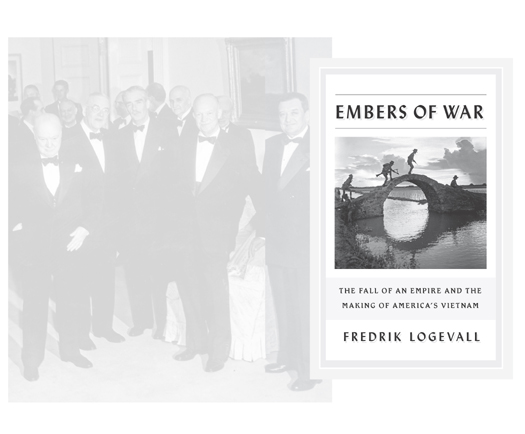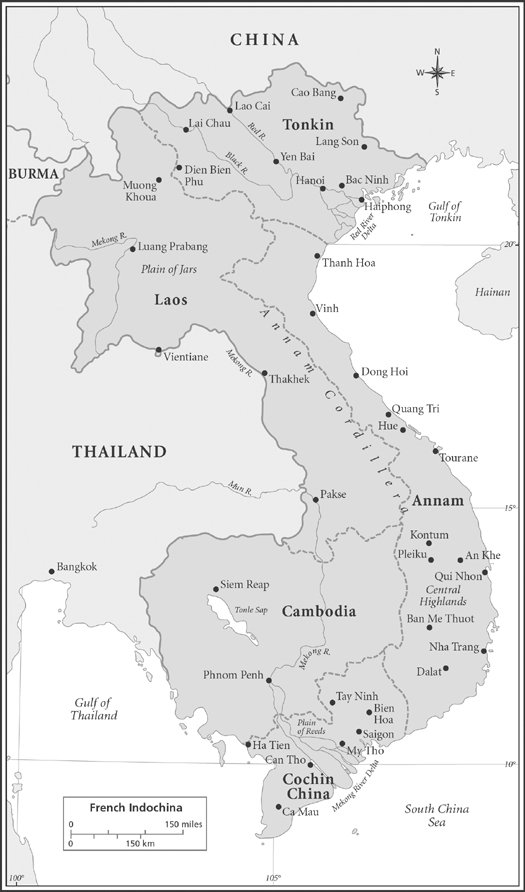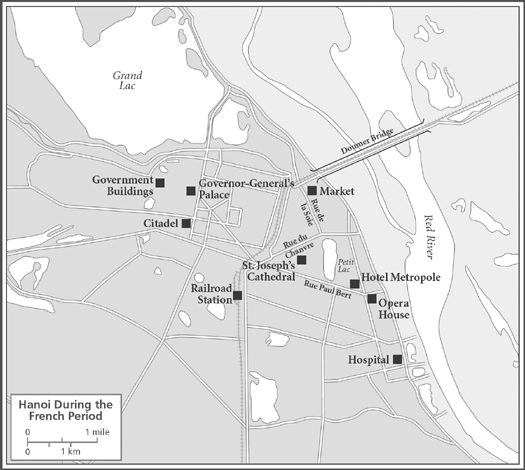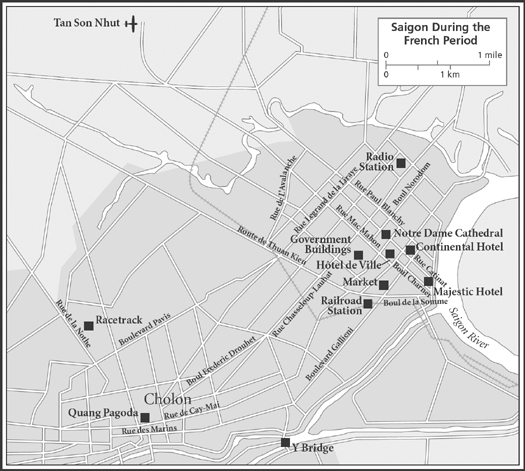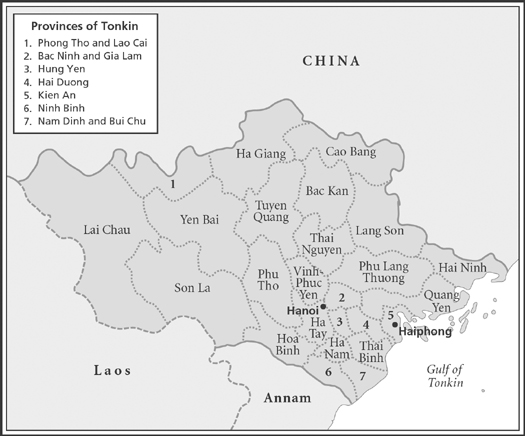Fredrik Logevall - Embers of War: The Fall of an Empire and the Making of Americas Vietnam
Here you can read online Fredrik Logevall - Embers of War: The Fall of an Empire and the Making of Americas Vietnam full text of the book (entire story) in english for free. Download pdf and epub, get meaning, cover and reviews about this ebook. year: 2012, publisher: Random House, genre: Politics. Description of the work, (preface) as well as reviews are available. Best literature library LitArk.com created for fans of good reading and offers a wide selection of genres:
Romance novel
Science fiction
Adventure
Detective
Science
History
Home and family
Prose
Art
Politics
Computer
Non-fiction
Religion
Business
Children
Humor
Choose a favorite category and find really read worthwhile books. Enjoy immersion in the world of imagination, feel the emotions of the characters or learn something new for yourself, make an fascinating discovery.

- Book:Embers of War: The Fall of an Empire and the Making of Americas Vietnam
- Author:
- Publisher:Random House
- Genre:
- Year:2012
- Rating:4 / 5
- Favourites:Add to favourites
- Your mark:
Embers of War: The Fall of an Empire and the Making of Americas Vietnam: summary, description and annotation
We offer to read an annotation, description, summary or preface (depends on what the author of the book "Embers of War: The Fall of an Empire and the Making of Americas Vietnam" wrote himself). If you haven't found the necessary information about the book — write in the comments, we will try to find it.
Winner of the Pulitzer Prize Winner of the Francis Parkman Prize from the Society of American Historians Shortlisted for the American Library in Paris Book AwardShortlisted for the Cundill Prize in Historical Literature Longlisted for the Lionel Gelber Prize
The struggle for Vietnam occupies a central place in the history of the twentieth century. Fought over a period of three decades, the conflict drew in all the worlds powers and saw two of themfirst France, then the United Statesattempt to subdue the revolutionary Vietnamese forces. For France, the defeat marked the effective end of her colonial empire, while for America the war left a gaping wound in the body politic that remains open to this day.
How did it happen? Tapping into newly accessible diplomatic archives in several nations and making full use of the published literature, distinguished scholar Fredrik Logevall traces the path that led two Western nations to lose their way in Vietnam. Embers of War opens in 1919 at the Versailles Peace Conference, where a young Ho Chi Minh tries to deliver a petition for Vietnamese independence to President Woodrow Wilson. It concludes in 1959, with a Viet Cong ambush on an outpost outside Saigon and the deaths of two American officers whose names would be the first to be carved into the black granite of the Vietnam Veterans Memorial. In between come years of political, military, and diplomatic maneuvering and miscalculation, as leaders on all sides embark on a series of stumbles that makes an eminently avoidable struggle a bloody and interminable reality.
Logevall takes us inside the councils of warand gives us a seat at the conference tables where peace talks founder. He brings to life the bloodiest battles of Frances final years in Indochinaand shows how from an early point, a succession of American leaders made disastrous policy choices that put America on its own collision course with history: Harry Trumans fateful decision to reverse Franklin Delano Roosevelts policy and acknowledge Frances right to return to Indochina after World War II; Dwight Eisenhowers strenuous efforts to keep Paris in the fight and his escalation of U.S. involvement in the aftermath of the humiliating French defeat at Dien Bien Phu; and the curious turnaround in Senator John F. Kennedys thinking that would lead him as president to expand that commitment, despite his publicly stated misgivings about Western intervention in Southeast Asia.
An epic story of wasted opportunities and tragic miscalculations, featuring an extraordinary cast of larger-than-life characters, Embers of War delves deep into the historical record to provide hard answers to the unanswered questions surrounding the demise of one Western power in Vietnam and the arrival of another. This book will become the definitive chronicle of the struggles origins for years to come.
NAMED ONE OF THE BEST BOOKS OF THE YEAR BY THE WASHINGTON POST AND THE CHRISTIAN SCIENCE MONITOR A GLOBE AND MAIL BEST READS SELECTION
This extraordinary work of modern history combines powerful narrative thrust, deep scholarly authority, and quiet interpretive confidence.Francis Parkman Prize citation
A balanced, deeply researched history of how, as French colonial rule faltered, a succession of American leaders moved step by step down a road toward full-blown war.Pulitzer Prize citation
A monumental history . . . the most comprehensive review of this period to date.The Wall Street Journal
Fredrik Logevall: author's other books
Who wrote Embers of War: The Fall of an Empire and the Making of Americas Vietnam? Find out the surname, the name of the author of the book and a list of all author's works by series.

